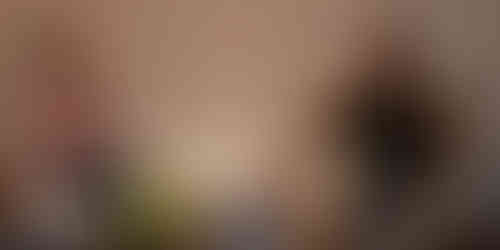- Vítor Leal Barros

- Oct 30

What fascinates me in José Cardoso Pires is his sense of modesty. His restraint. The art of saying without saying, and yet, making us feel everything. In 'Lavagante', that literary gesture reaches an almost absolute form. It is a novella, or perhaps a prototype for a novel, but it is precisely in this economy of means that the text’s strength resides. Published from a manuscript dating from the late 1960s, to me it feels finished: nothing missing, nothing in excess.
The sentence I keep as a lesson in style (and in life) is: «Otherwise it would be the strip-tease that leads to confessional love, and confessional love is the most complicated thing God ever cast upon the world.» Beautiful and cruel, it reveals the author’s lucid irony and intellectual modesty. The strip-tease stands for gratuitous exposure, the gesture of undressing out of impulse or the desire to move others, not out of a need for truth. Confessional love, on the contrary, is inevitable, tragic, dangerous. To love and to confess intertwine, but always with dignity and restraint. It is a writing of revelation, faithful to its essence without yielding to emotional display.
The book observes the world from a distance. There is an underlying social dimension: the repression of dictatorship, the violence of the male gaze, the shadow of patriarchy. Cecília appears as a modern heroine, free from prejudice, seen by others as an object of desire and envy. She bears a kind of freedom that feels idealised, desired, yet which the author, with intelligence, subdues. Salaviza, the PIDE inspector, embodies that oppressive force, silent yet inexorable. Cecília is also a metaphor for a homeland that dreams of freedom but consumes itself in the webs of dictatorship, a distinctly Portuguese form of self-cannibalism from which, almost sixty years later, we have yet to free ourselves.
The doctor, Daniel, offers another point of observation. A courageous yet cautious man, he restrains himself from sculpting the ideal woman (or the ideal homeland) like a Pygmalion. This trait, delicately introduced by the author, reveals a keen awareness of the gap between dream and reality. Daniel lives caught between fascination and fear before that latent feminine force. He is at once singular and universal. The narrative vibrates in its balance of desire, love, and lucidity, even in the utmost restraint.
Mário Barroso’s film renders Cecília’s destiny in a more explicit tragedy — a Tosca by Puccini — but it is in the book that we feel the power of contained writing, of insinuated truth, of the attentive gaze upon woman, dictatorship, desire, and freedom. Cardoso Pires writes like a disenchanted prince, yet always from a place of truth. There is no excess, no spectacle, only the humanity of one who knows more than he writes. And the reader feels it. Feels it deeply. In the economy and precision of words, gestures, and action.
Lavagante is not merely a book: it is an exercise in attentive reading, in listening, in contemplation. It is proof that Portuguese literature already knew, even then, how to speak with modesty and, at the same time, strip the world bare.










